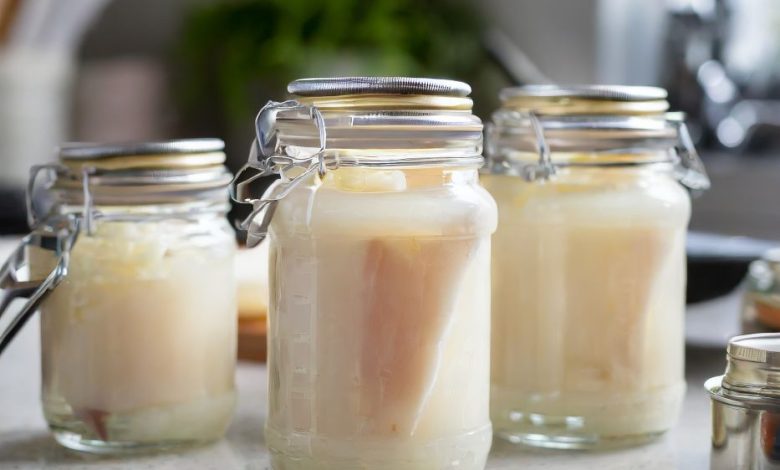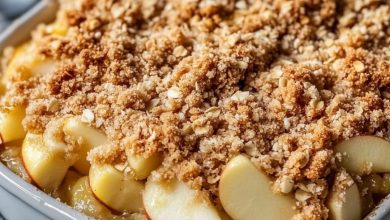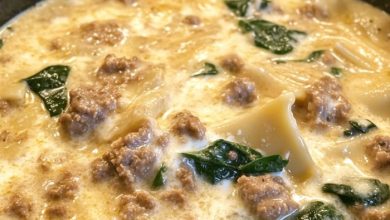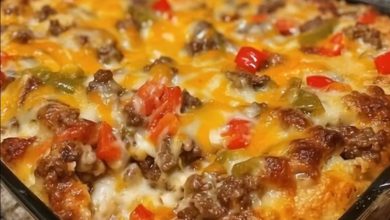What is lard and how can you use it?

In the realm of culinary fats, lard emerges as a distinguished player with a rich history and unparalleled versatility. Derived from the rendered fat of pigs, lard has traversed through time, witnessing shifts in popularity and perception. Despite fluctuations, lard stands resilient, cherished by chefs and home cooks for its unique attributes and culinary prowess.
ADVERTISEMENT
Understanding Lard and Its Production
ADVERTISEMENT
- Leaf Lard: This is the highest quality of lard and is prized by bakers, particularly for use in pie crusts and pastry because of its subtle flavor and ability to create a light, airy texture.
- Regular Lard: This is rendered from a mixture of fat sources and is often used for general cooking purposes.
Health Aspects of Lard
Historically, lard was a common kitchen staple until the mid-20th century when it began to be replaced by vegetable oils and shortening, often due to health concerns. However, lard has less saturated fat than butter and contains monounsaturated fats, which are considered healthy dietary fats. Additionally, it’s a source of oleic acid, the same fatty acid found in olive oil and associated with cardiovascular benefits. But, as with all fats, lard is calorie-dense and should be used in moderation. It’s also important to source lard that is minimally processed and free from additives commonly found in commercial versions.
Using Lard in Cooking and Baking
Lard can be a versatile ingredient in both cooking and baking. Here are a few ways to incorporate it into your culinary repertoire:
- Pie Crusts: Perhaps the most celebrated use of lard is in making pie crusts. The fat helps create a light, flaky pastry that’s hard to achieve with many other fats.
- Frying: Lard’s high smoke point makes it ideal for frying. Foods cooked in lard emerge less greasy than those fried in oil, with a distinctive, savory flavor.
- Biscuits and Pastries: Lard can be used in the same way as butter for making biscuits and pastries. It gives a flaky, tender texture to baked goods.
- Tamales: Traditional Mexican tamales often include lard in the dough (masa) for a more authentic taste and texture.
- Sautéing and Roasting: Lard imparts a flavor that enhances the taste of vegetables and meats, especially when used for high-heat cooking methods like sautéing and roasting.
- Spreads: When whipped, lard can become light and spreadable, serving as an alternative to butter. It’s commonly used this way in certain Eastern European countries.
When using lard in place of other fats, it’s often used in a one-to-one ratio. However, it’s important to consider that lard has a distinct taste that can alter the final flavor of your dish, whether giving a light, porky essence in savory dishes or providing richness without overpowering sweetness in desserts.
Storing Lard
Proper storage is crucial to maintain the quality of lard. It can go rancid if exposed to heat and light for extended periods. It’s best to store lard in an airtight container in the refrigerator or freezer. When kept in the fridge, lard can last for up to six months, while freezing can extend its shelf life for up to a year.
In conclusion, the culinary uses of lard are manifold and diverse. From baking flaky, tender pastries to frying crispy, savory treats, lard performs admirably across a broad range of cooking techniques. Its rich taste and high smoke point make it a beloved fat by those who have rediscovered its advantages. As with any fat, quality and moderation are key; but when used wisely, lard can elevate even the simplest recipes to new heights of flavor and texture.




